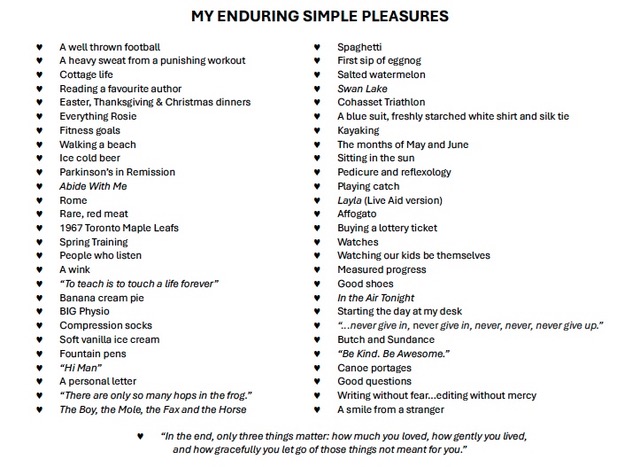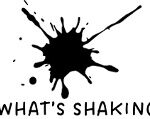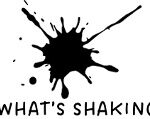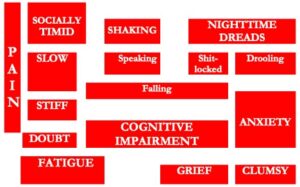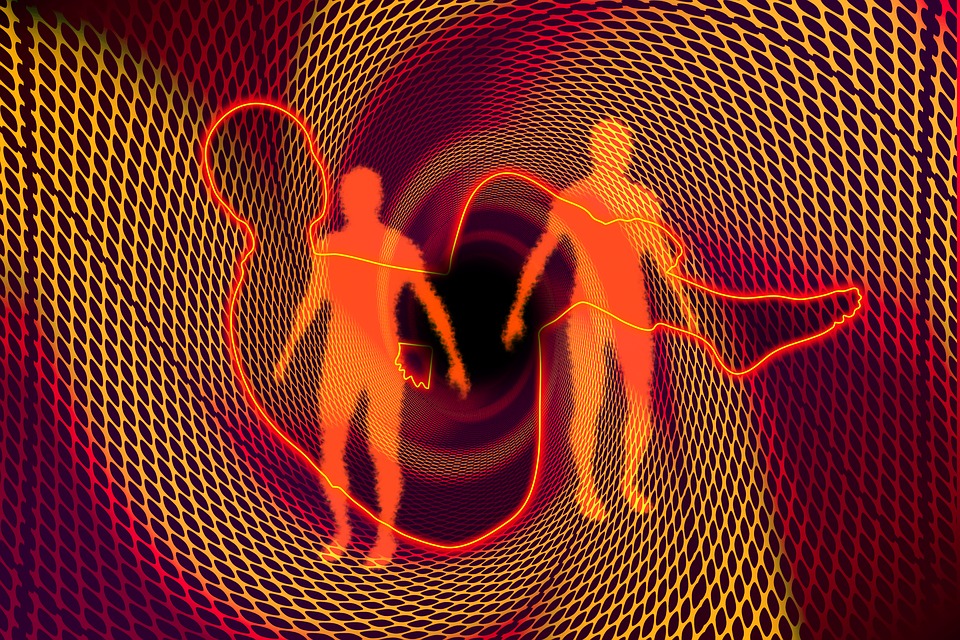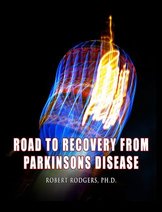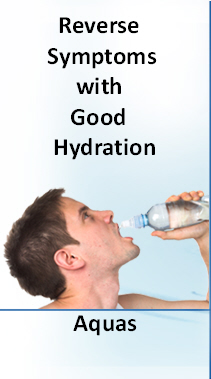The following series of Blog posts come from Jay Whiteside in Toronto, Canada where he keeps in touch with family and friends in a series of newsletters he’s named as ‘What’s Shaking’. Jay has edited highlights from ‘What’s Shaking’ for us to hear firsthand how he is managing his Parkinson’s symptoms which were first discovered over ten years ago. He kindly gave me permission to post seven of his episodes here.
Robert Rodgers PhD
Founder 2004
Parkinsons Recovery
Episode 1: My Preoccupation with What’s Shaking.
I began my Blog because of the long quiet among friends, family and me as I addressed my condition. I wanted those close to me to know how I was doing and for them to gain encouragement from my evolution. In doing so I stacked the deck to expect continued progress.
Parkinson’s Disease has been called “as the gift that keeps on taking.” Yet, for all that it takes I am enhanced for having it.
And while the work is hard – and not always pretty – dealing with PD has made me more complete; a person I like more and am content with. But yes, the work is hard.
This Blog is for me. It helps to organize my thoughts in a useful context. The plan is to make this a regular journal. In time, others may find this series of reports can be useful for them too.
This is part of my effort to make sense of the changes that are taking place. My objective is to forestall the natural progression of the condition and establish strategies to get the best from it.
I can be a better person while living with a condition that may be destroying my brain. Since there’s no hiding from it, I elect to embrace it. And since PD is relentless, then I will be too.
I am enjoying success with the program Rosie and I, and my health care team have put together. It’s a mix of traditional medicine and alternative approaches. I have good specialists supporting me. Some of my physical symptoms are reduced from a year ago. The emotional and cognitive limitations that are becoming more present can be successfully managed. “Parkinson’s in Remission” is a real possibility. Many different years-ago metrics have improved.
My outlook is a well-managed positive one. Being upbeat in the face of challenge is a gumbo of gratitude, confidence, faith, good humour, and the choice to be happy.
To consolidate and reinforce this, I reflect on my simple pleasures. My list is intended to go beyond the sunsets-and-puppies pleasures that everybody shares and focus instead on deeply personal, specific pleasures of mine that celebrate and strengthen the sensation of being me. I include the following list of pleasures I am grateful to enjoy.
Parkinson’s can’t take this.
